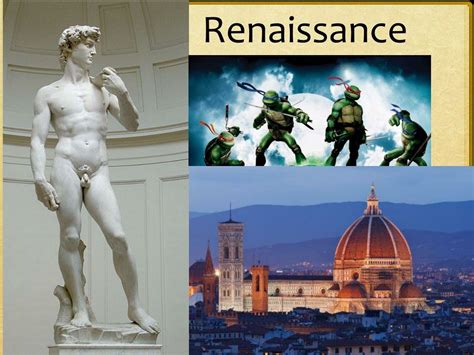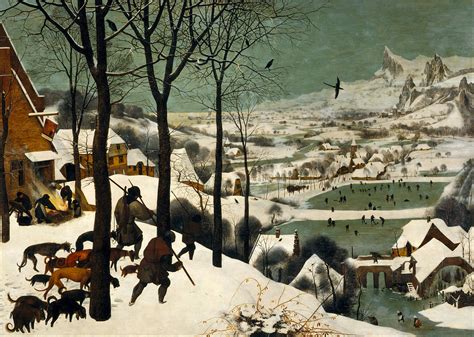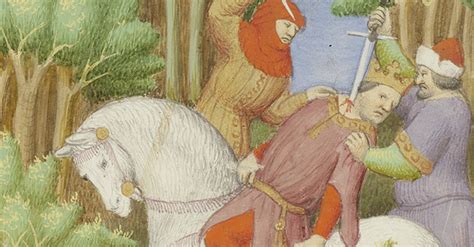5 Dark Ages Facts

The Dark Ages, spanning from the 5th to the 10th century, is a period in European history often shrouded in mystery and misconception. This era, following the collapse of the Western Roman Empire, was marked by significant cultural, political, and economic transformations. Despite its name, the Dark Ages were not entirely devoid of light, as it was a time of burgeoning Christianity, the rise of feudalism, and the preservation of classical knowledge. Here are five intriguing facts about the Dark Ages that offer a glimpse into this complex and fascinating period.
Key Points
- The term "Dark Ages" was coined due to a perceived lack of cultural and scientific advancements, but recent studies have revealed a more nuanced picture of the era.
- Feudalism, a system where lords granted land to vassals in exchange for military service and loyalty, became a dominant political and social structure during this period.
- The Catholic Church played a pivotal role in preserving classical knowledge and promoting education, despite the general decline in learning and literacy among the general population.
- The Dark Ages saw the emergence of various kingdoms and empires, such as the Carolingian Empire under Charlemagne, which briefly unified much of Western Europe.
- Despite the challenges and setbacks, the Dark Ages laid the groundwork for the Renaissance and the emergence of modern nation-states in Europe.
The Emergence of Feudalism

Feudalism, a social and political system, became a hallmark of the Dark Ages. It was characterized by a hierarchical structure where lords owned the land and granted it to vassals in exchange for military service, loyalty, and a portion of the produce from the land. This system provided a degree of stability and security in a time of constant invasions and political upheaval. The feudal lords and vassals formed the backbone of the medieval army, while the peasants, who worked the land, were at the bottom of the social ladder. Despite its rigid structure, feudalism allowed for a degree of social mobility, as vassals could increase their power and influence through military conquests and strategic alliances.
The Role of the Catholic Church
The Catholic Church played a crucial role during the Dark Ages, serving not only as a spiritual guide but also as a preserver of knowledge and a promoter of education. Monasteries and convents became centers of learning, where monks and nuns copied manuscripts, translated classical texts, and taught Latin and other subjects to a select few. The Church also sponsored the construction of cathedrals, which were not only places of worship but also symbols of power and architectural achievements. The clergy, being among the few literate members of society, were responsible for recording historical events, compiling chronicles, and preserving the cultural heritage of the ancient world.
| Feudal Class | Responsibilities | Privileges |
|---|---|---|
| Lords | Protection, Justice, Land Ownership | Payment of homage, Military service from vassals |
| Vassals | Military Service, Loyalty, Tribute | Land Grant, Protection from Lords |
| Peasants | Agricultural Labor, Tribute | Protection, Right to work on land |

Cultural and Intellectual Developments

Despite the perception of the Dark Ages as a time of cultural and intellectual stagnation, there were significant developments in art, literature, and science. The illuminated manuscripts produced by monks in the scriptoria of monasteries and convents are testaments to the artistic skills of the period. The writings of authors like Bede and Alcuin of York demonstrate a continued interest in classical learning and a desire to preserve and transmit knowledge. The Carolingian Renaissance, initiated by Charlemagne, aimed to revive classical education and promote a uniform system of learning throughout his empire. This period also saw the emergence of vernacular languages, such as Old English and Old French, which would eventually give rise to the rich literary traditions of Europe.
The Legacy of the Dark Ages
The Dark Ages, far from being a period of unmitigated darkness, laid the groundwork for many of the developments that would shape Europe in the centuries to come. The feudal system, while eventually giving way to more centralized forms of government, provided a framework for social organization that persisted in various forms until the modern era. The preservation of classical knowledge by the Church and the emergence of vernacular languages paved the way for the Renaissance and the Enlightenment. The political entities that arose during this period, such as the kingdoms of France and England, would evolve into the modern nation-states that dominate the world stage today.
What were the primary causes of the decline of the Western Roman Empire?
+The decline of the Western Roman Empire was a complex process resulting from a combination of internal weaknesses, such as corruption, economic troubles, and military overspending, and external pressures, including constant barbarian invasions and the rise of rival powers.
How did the Catholic Church influence education during the Dark Ages?
+The Catholic Church played a pivotal role in preserving classical knowledge and promoting education by establishing monasteries and convents as centers of learning, where monks and nuns copied manuscripts, translated classical texts, and taught Latin and other subjects.
What were the key characteristics of feudalism?
+Feudalism was characterized by a hierarchical structure where lords granted land to vassals in exchange for military service, loyalty, and a portion of the produce from the land, providing a degree of stability and security in a time of constant invasions and political upheaval.
In conclusion, the Dark Ages, though marked by significant challenges and transformations, were a complex and multifaceted period that laid the groundwork for many of the cultural, political, and intellectual developments of the subsequent centuries. Through its feudal system, the preservation of classical knowledge, and the emergence of vernacular languages, this era contributed to the evolution of Europe into the continent we recognize today.